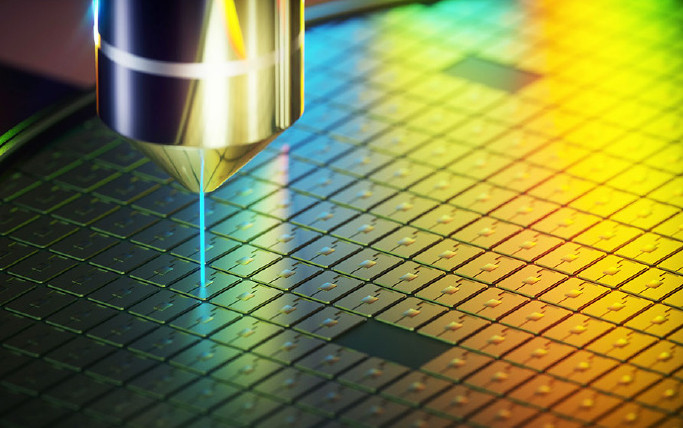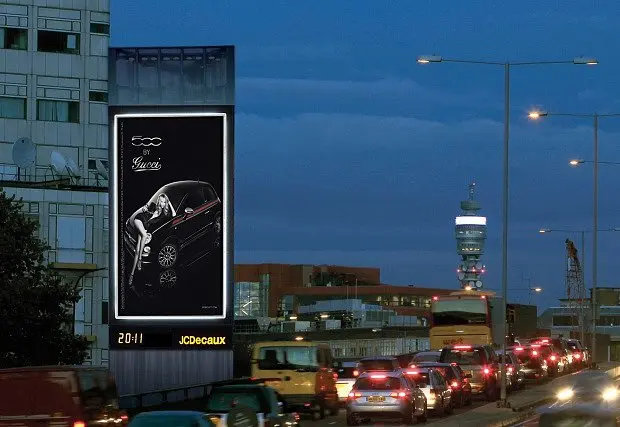A few days ago, Futuresource Consulting, a market research institution, released a news that it predicted that by 2026, the value of the front projection market would reach 4.5 billion dollars, and the driving force for this growth was mainly from the industry's shift to high brightness, high resolution and SSL (laser light source).
Although this is a message from the projection market, it is not difficult to see that the market demand for display technologies including projection in the future is moving towards higher brightness and resolution. This rule is also effective in the LED display market. Therefore, it is not difficult for us to draw a conclusion: the future display technology market may become the era highlighted as the king.
It is under such a highlight upsurge that the application of LED screen is expected to be further expanded with the help of this wave.
For example, in the field of meetings, the brightness defect of projection is often reflected in the fact that every meeting needs to draw the curtains to create a dark environment, which greatly affects the communication between members of the meeting. The same thing also happens in the field of teaching. Due to the dark environment, it is difficult for participants and teaching staff to take notes and make necessary interactions.
Also noteworthy is the film market. If the film projection technology, which has been dominated by projection for many years, can still perform well in the 2D era, then, with the advent of 3D films and a large number of releases, some theaters that use projection will have problems such as insufficient brightness, dim pictures, dizziness when watching 3D films for a long time, which will affect the perception.
However, LED display technology is quite different. As we all know, LED screen was originally born for outdoor advertising applications. It is a display device that can adapt to outdoor strong light, and its brightness is naturally quite high. In fact, with the birth of small pitch LED in the later period, after LED entered the indoor application market, it is also necessary to solve the problem of "low brightness and high gray", that is, to achieve a more ideal gray level while reducing the brightness.
In short, the brightness index is not a problem for LED screen. Nowadays, LED display has developed into the era of micro spacing, which has solved the problem of pixel density, that is, the fineness of image quality. At the same time, LED screen can realize any adjustment from low brightness to high brightness in terms of brightness, so it can not only be used to "imitate" the traditional dark environment in cinemas, but also provide participants with the convenience of information sharing and offline interaction synchronization in meetings, teaching and other applications. At the same time, in the cinema, because it can provide high brightness, it may bring a new experience of watching movies in a bright environment, and even introduce new business service models such as brand launch, fan meeting, script killing, etc., so as to open up new business blue oceans on the basis of the original business system.
Of course, in some market applications, LED screen may have some functions overlapping with laser generation. For example, in the field of home display, there is competition between LED TV and laser TV; In the film field, there is competition between LED film screens and laser projectors. However, no matter what, more markets have extended an olive branch to LED screens. In the era of highlight as king, LED screen will be like a fish in water.



I consent to receive emails about news, marketing&product updates from Retop in accordance with the Retop Privacy Policy